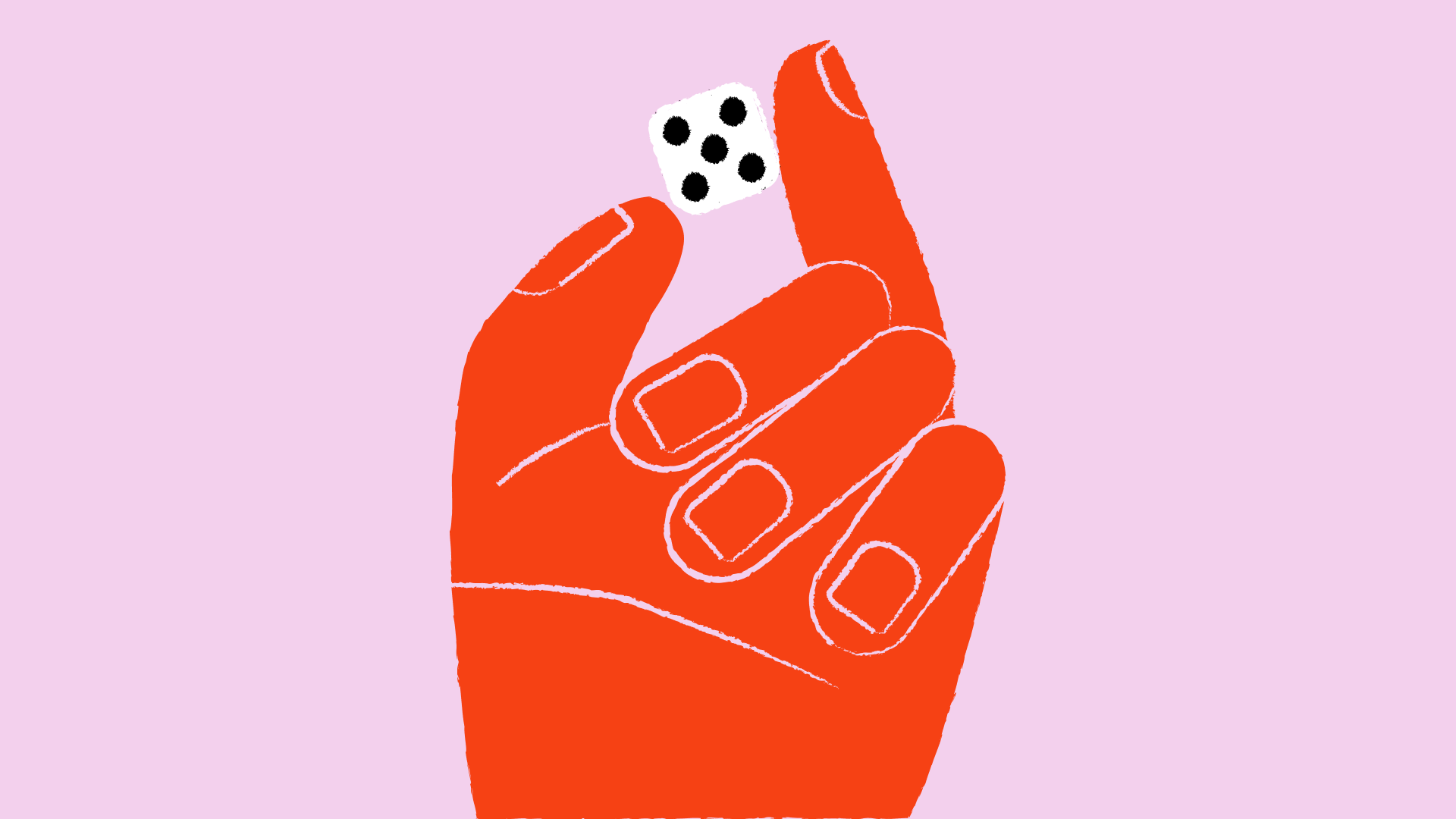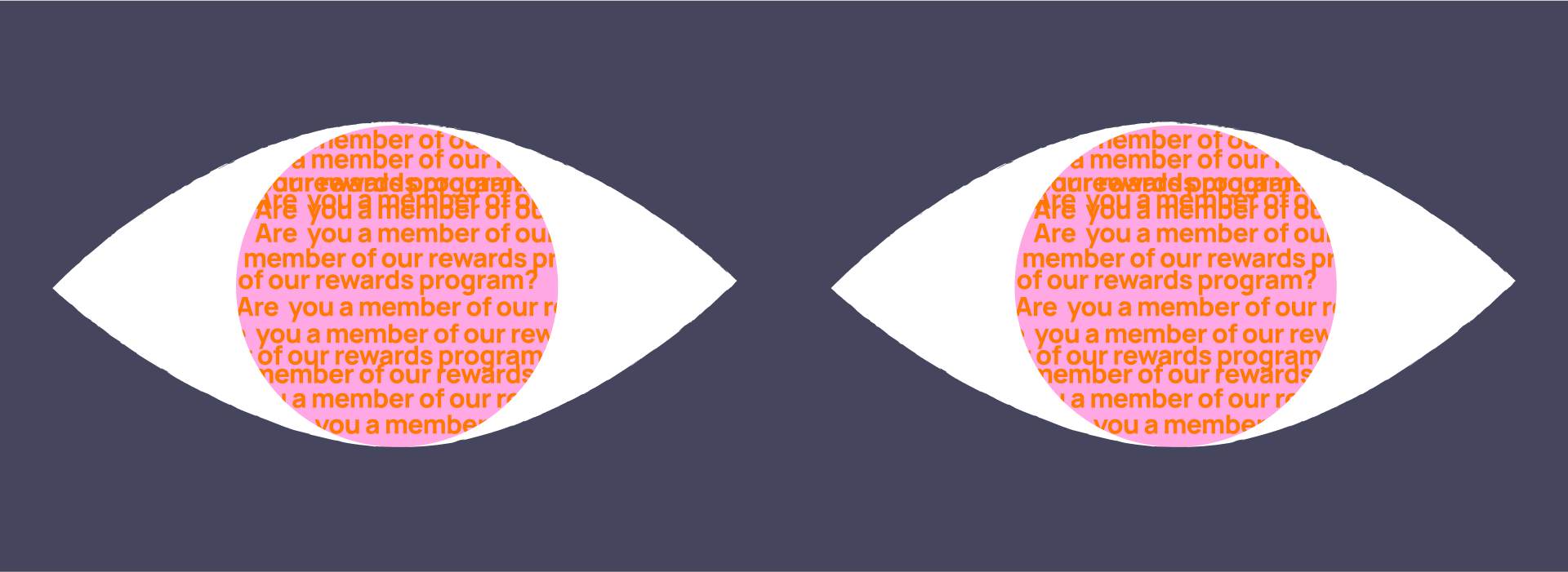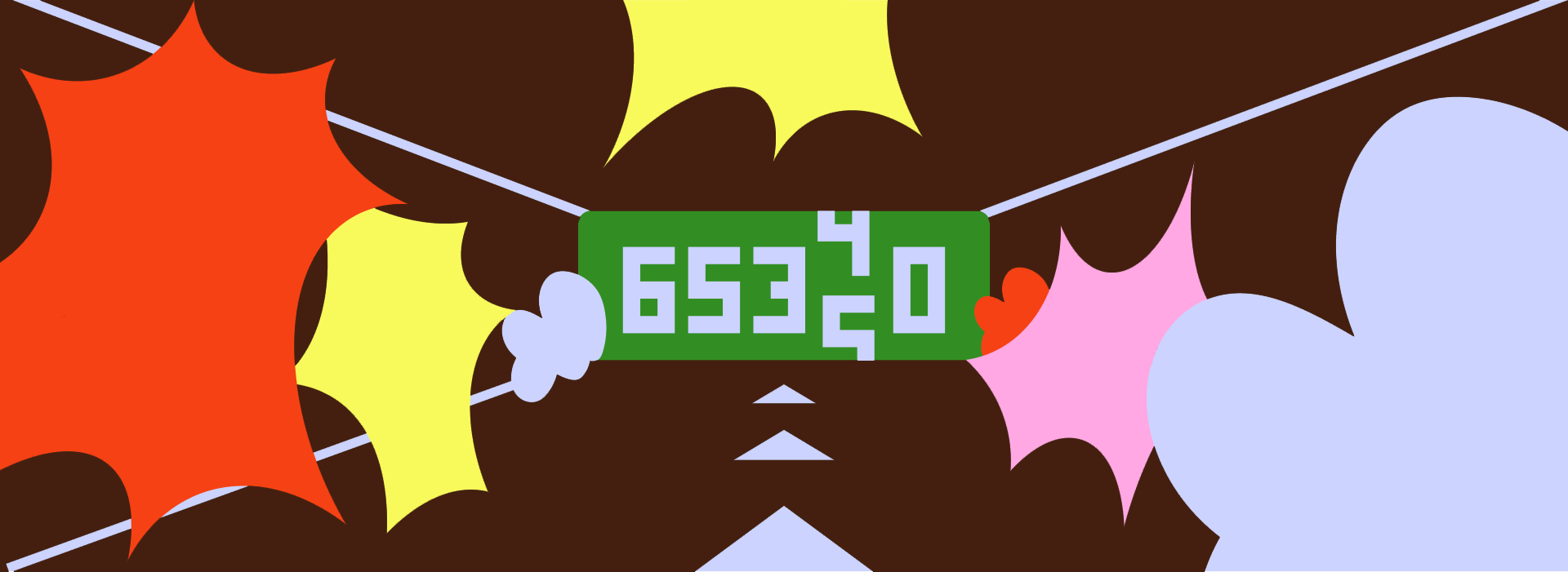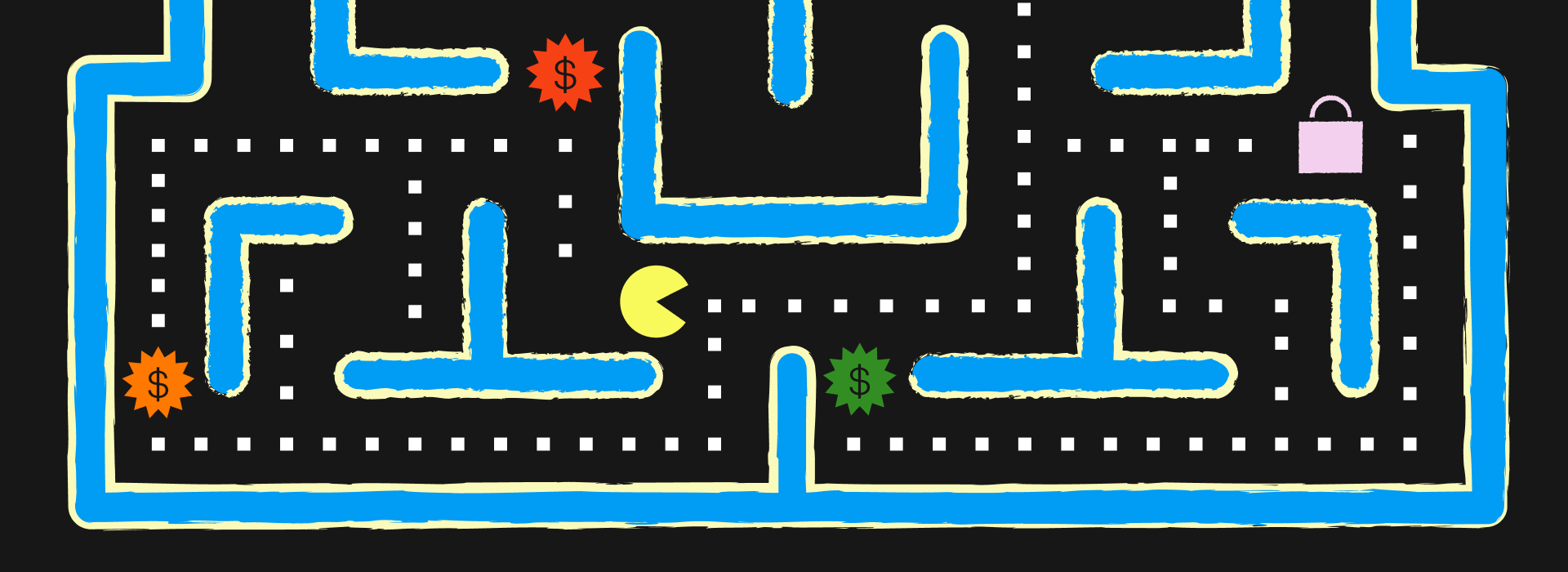How to design rewarding loyalty programs

“Are you a member of our rewards program?”
The question tossed out at checkout has become such a common refrain that it can feel like background noise. Perhaps you say no—worn down by membership fatigue, especially for stores you rarely visit. Or perhaps you say yes, lured by a one-time signup perk, only to join the 35 percent of shoppers who say they belong to a loyalty program they’ve never used.
Nearly 80 percent of Gen Z and millennial consumers believe a high-quality digital experience is essential for loyalty programs. But these reward systems, typically built around points, discounts, or tiers, rarely reflect what the brand actually stands for. And when the behavior being rewarded feels disconnected from the brand’s promise, it creates a subtle but powerful disconnect. We think of this as brand dissonance: a type of cognitive friction between what a company claims it values and how it invites people to engage.
When we design loyalty programs at IDEO’s Play Lab, we begin by recognizing that a brand exists at the intersection of what it says about itself and how people experience it, across hundreds of small, accumulated interactions. Done well, loyalty programs don’t just reflect a brand’s values—they embody them, shaping how people experience the brand in the countless moments that add up to brand loyalty.
On a project with JetBlue, for instance, we were tasked with introducing a new premium service that could compete with first-class perks—but without undermining their mission to “bring humanity back to air travel.” Rather than replicate a tiered status model, we grounded the work in a different philosophy: speak to modes of travel, not travel classes.

We designed for different player types—offering “power-up” benefits like faster security, better access to overhead bins, and higher quality food and beverage options. These upgrades honored JetBlue’s inclusive ethos and resonated more with the airline’s loyal passengers.
The result? The new offerings, introduced in 2011, drove its EvenMore line of perks, generating $230 million per year, with a 30 percent annual growth rate, and increasing revenue per customer by 20 percent. That success didn’t come from gamification for its own sake—it came from building a loyalty experience that reflected JetBlue’s values and aligned with travelers’ intrinsic motivations.
Designing for the next generation of consumers brings added complexity, as brands must account for shifting behaviors, rising expectations, and evolving definitions of loyalty. Programs that feel overly transactional or inaccessible often fall flat. Younger, digitally native audiences are highly discerning and research nearly every product online before buying—not just to find the best deal, but also to assess whether a brand aligns with their values and feels worth supporting. They gravitate toward brands that feel authentic, expressive, and purpose-driven. Think REI Co-op or Trader Joe’s. Earning their loyalty means creating experiences that reflect who they are and who they aspire to be—rather than how much they spend.
That’s where game design offers a powerful blueprint. The best programs go beyond transactions, building ecosystems of engagement that give people agency, align with their intrinsic motivations, and evolve over time. Not to be confused with basic gamification, which adds a superficial layer of points, badges, and leaderboards as a way to incentivize customers, game-inspired programs can go deeper and reward engagement in ways that are rooted in brand values and reflective of real-life consumer behavior and identity. Here are three ways we could design a more sophisticated game approach to loyalty programs across three industries: retail, restaurants, and hospitality.

Pokémon Go for retail
Imagine the goal for your brand is to tap into self-expression, identity, culture, and community through your loyalty program. Your app could include an AR feature that lets users scan physical environments—like storefronts, catalogs, or product tags—to reveal hidden offers, collect digital rewards, or unlock exclusive quests. Shoppers could level up based on their interests or shopping style (e.g., “Sustainable Shopper" or "Sneakerhead"), earning rewards that reflect their values and deepen their connection to the brand. Think Pokémon Go meets personalized product discovery.

Gamify the wait at restaurants
Every parent dreads the restless stretch between sitting down at a restaurant and the food arriving. It’s often when screen time rules go out the window—and then backfire when the meal arrives and a tantrum ensues as you try to pry the screens away. Now imagine you operate a chain of family-friendly restaurants. When families are seated, they can scan the table to unlock secret menu items or interactive mini-games that reward adventurous eaters (“no repeat dishes for two weeks”). Better yet, what if your kids could feel like they’re helping prepare the meal through a restaurant simulator game, synced to the real-time cooking process—turning wait time into a playful, immersive experience that reinforces family connection and the fun of dining out together?

Turn hotel stays into an open-ended travel adventure
Let’s say you run a hospitality brand that caters to travelers who care about connection, creativity, and belonging—not only price or convenience. Imagine if guests could earn recognition beyond the number of nights they stay, reflecting how they make travel a part of their lives. Like the cozy game of Animal Crossing, rewards are given to players for consistently returning and doing small, meaningful things over time—earning recognition for sending postcards, documenting hidden gems to help fellow travelers, or simply enjoying breakfast in bed. Each stay becomes a chapter in their story, where they can log snippets of music, photos, journal entries, and even scents as mementos to savor and relive later. Over time, their loyalty profile becomes a rich, emotional artifact of their journey and identity as a traveler—not just a status tier.
Gaming culture has reshaped how people shop, connect, and stay loyal to brands. The most effective loyalty programs operate like games: they offer agency, build a sense of progression, and create emotional resonance. Grounded in a brand’s core promise, they reward behaviors that reflect what the brand truly stands for and show up in the everyday moments that matter. And while they’re inspired by game design, they don’t need to look like games to make people want to keep playing.
So let’s build something better. Let’s co-create the future of loyalty—one that feels like a game your customers actually want to keep playing.



Get in touch






